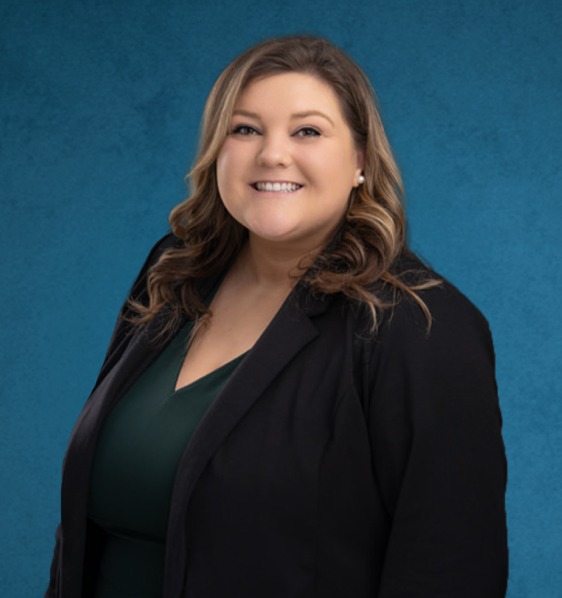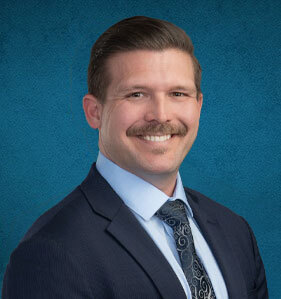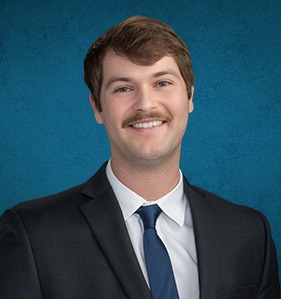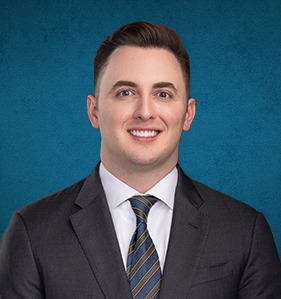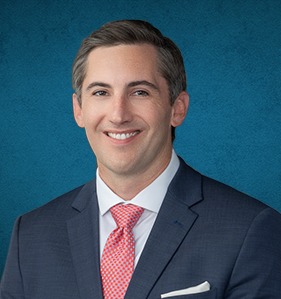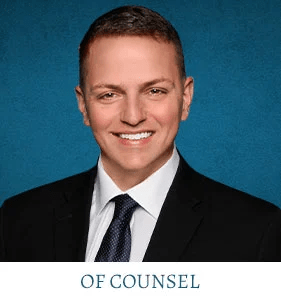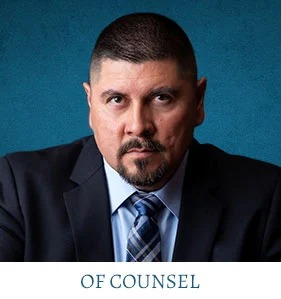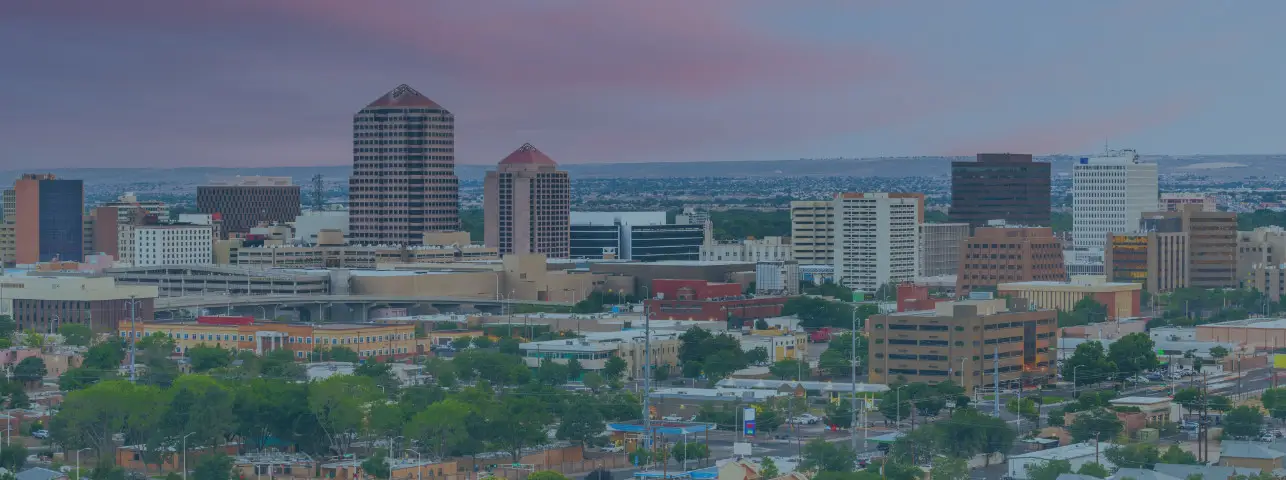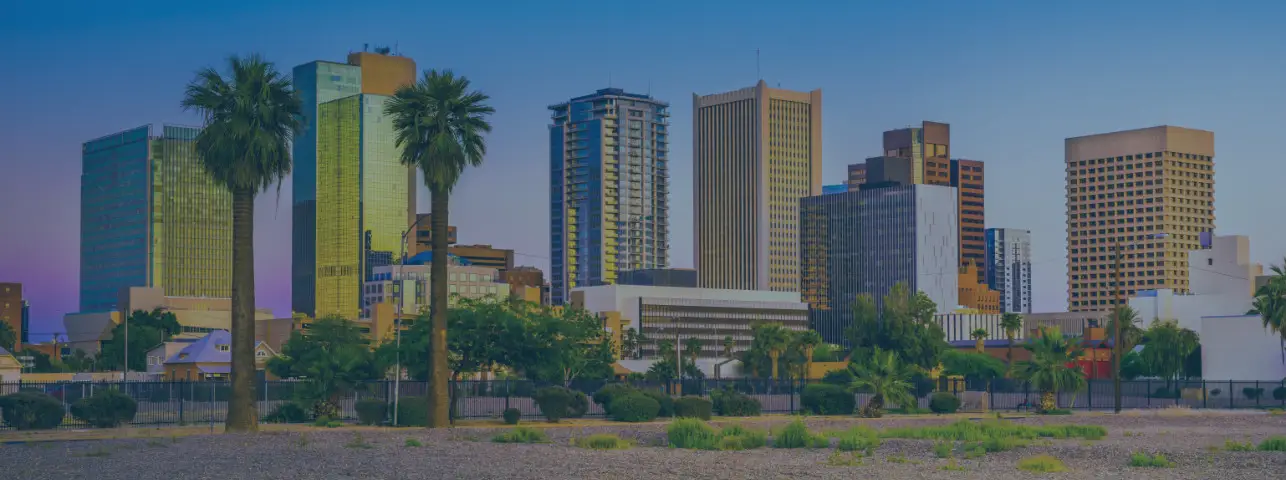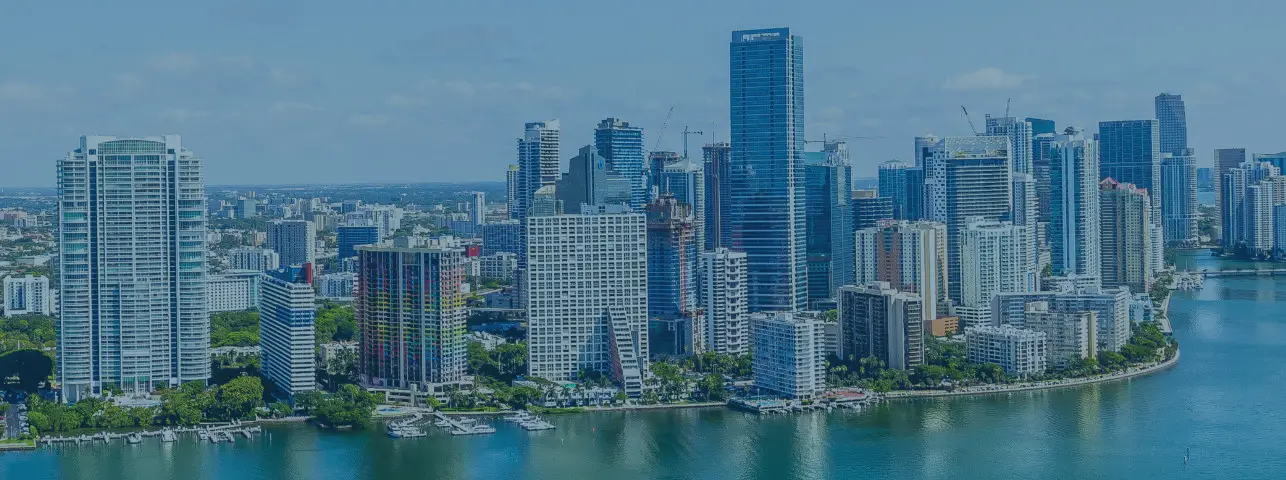CALL (800) 863-5312 TO SPEAK WITH A METRO MOUNTAIN ACCIDENT ATTORNEYS FOR FREE
From large cities, like Denver and Colorado Springs, to rural counties deep in the Rockies, Coloradoans of all ages take millions of bus trips every year. In the Denver-Boulder area, the public bus system cites that in 2019-2020 alone it had 1,026 buses operating, which hosted 95,041,289 riders. These figures include only one metropolitan area’s bus system. When you factor in the numerous commercial transit vehicles and private buses on the roadways, it’s no surprise to learn that over 63,000 bus accidents occur across the United States every year.
If you or a loved one has been injured in a bus accident, you may be entitled to compensation. At Zinda Law Group, our attorneys have the knowledge and skills necessary to help you file your claim against bus operators, like Mountain Metro, as well as maximize your compensation for any personal injuries. Our firm has handled numerous claims against public transit services in Colorado and we strive to get our clients the maximum compensation possible. Call Zinda Law Group at (800) 863-5312 for a 100% free case evaluation with our experienced Colorado Mountain Metro claim attorneys today.
Bus Accidents
Seeking compensation for personal injuries and property damages after a bus accident can be more complicated than other kinds of accidents. However, the same principles that apply to a two-car collision apply to crashes involving buses; meaning, if you’re a passenger and you were injured in a bus accident that was caused by the driving of another vehicle, you’ll file an injury claim with the at-fault driver’s insurance company. The issue of potential recovery becomes murkier when you are a passenger on a public bus and the bus driver causes the accident or when you are a motorist and your vehicle is hit by a poorly operated public bus.
Public Transit: When the Government Operates the Bus
The majority of public transit in Colorado is run through buses operated by local or municipal governments. Mountain Metropolitan Transit, for example, is run through the municipality of Colorado Springs.
The problem with lawsuits against municipalities and other government agencies is that they are often protected by a legal doctrine known as sovereign immunity, which means the government is immune from certain forms of prosecution. The restrictions of sovereign immunity laws may seem unfair to some individuals, however, state and federal legislatures felt it was necessary to protect taxpayers from the unpredictable taxation that may result from unlimited liability.
Although states and the federal government were immune from many suits for much of the past, they are no longer entirely immune from civil litigation. In 1946, the legislature of the United States passed the Federal Tort Claim Act. This federal statute permits private parties to sue the United States in a federal court for most torts committed by government agents or employees. While injury claims against the federal government are made under the rules of the Tort Claims Act. Many states and municipalities subsequently adopted their own version of the TCA to handle local personal injury claims by their citizens.
Colorado Governmental Immunity Act
The (CGIA) is the state of Colorado’s version of the Tort Claims Act. The CGIA limits the circumstances under which a public entity, such as Mountain Metro, or a public employee may be held liable in tort actions. Under the CGIA, the default presumption is that public entities have governmental immunity from tort liability. However, the CGIA waives governmental immunity for injuries or damage resulting from wrongful actions by public entities in the following six (6) contexts:
- 1. The operation of a publicly owned or leased motor vehicle, except emergency vehicles;
- 2. The operation of any public hospital, correctional facility, or jail;
- 3. A dangerous condition of any public building;
- 4. A dangerous condition of a public highway, road, street or sidewalk;
- 5. A dangerous condition of any public facility located in any park or recreation area or any public water, gas, sanitation, electrical, power, or swimming facility; and
- 6. The operation and maintenance by a public entity of any public water, gas, sanitation, electrical, power or swimming facility.
In addition to carving out specific contexts, where the state or state actors may be held liable, the CGIA also provides additional notice requirements and damage caps to claims brought under these scenarios.
Notice requirement under CGIA
The CGIA requires that a person claiming to have suffered an injury by a public entity must file a written notice within six months or 182 days after they discover the injury.
The notice must include:
- The claimant’s name and address (and, if currently represented, the name of his/her attorney and their address);
- A statement of the factual basis of the claim (including the date, time, place and circumstances of the act, omission, or event);
- The name and address of any public employee involved (if known at the time); and
- A statement of the amount of monetary damages the claimant is requesting.
Damage limits under CGIA
The CGIA also includes maximum liability limits for public entities. Meaning, even if you are able to pursue a tort action where a public entity may be held responsible, liability will usually be limited.
Under the CGIA, there is a maximum of $387,000 for injuries to one person in any single occurrence and $1,093,000 for injuries to multiple persons in a single occurrence, except that no one person shall recover in excess of $387,000.
Proving Negligence for a Bus Accident
To win a Metro Mountain claim, you will have to prove that either the bus operator’s or the presiding state agency’s negligence was the proximate cause of your injuries. State and federal laws closely regulate public transit operators, and these laws hold such common carriers to a very high standard known as a duty of care. Imposing a duty of care means that public transit officials are required to take extra precautions and specific actions to avoid injuries to passengers. Given that these businesses have a higher duty of care to passengers, claimants will not need as much evidence to prove that negligence.
Accident victims can begin collecting this evidence as soon as the accident occurs. Immediately following an accident involving a Mountain Metro bus, you will want to collect the following pieces of evidence:
- Photographs taken of your injury, as they are presently, and again in several days after
- Any potential witness statements
- The incident or accident report from the police
- Documentation of the weather conditions for that day
In addition to evidence that you can collect at the accident scene, you’ll need to collect evidence of your injuries afterward, including:
- Any medical bills and medical records
- Receipts for any out-of-pocket expenses
- Employment records to calculate lost wages
When to Contact a Personal Injury Attorney?
The answer to this question depends largely on the extent of your injuries. If you have only sustained minor injuries in a bus accident, you can probably settle your claim through an insurance adjustor, without the help of an attorney. On the other hand, if you have suffered severe injuries or experienced a wrongful death, these claims are often complicated and difficult to settle. Not only are high-value claims against a government agency complex, but they are also extremely time-sensitive.
Given the constraints of filing a lawsuit against a government agency or municipality, it is highly recommended that bus accident victims at least consult a personal injury attorney. Consolations are generally free and the attorneys can help you better assess your current damages as well as help you predict the extent of any future medical treatment that you may be required. Perhaps more importantly, consulting a personal injury attorney will help you determine how much time remains in your six-month window to file suit.
GET HELP FROM OUR ARIZONA TRUCK INSURANCE ATTORNEYS TODAY
At Zinda Law Group, our Colorado attorneys have helped many bus accident survivors and their loved ones get their lives back on track after being injured by a negligent state actor. Our attorneys have the knowledge and resources necessary to help you seek maximum compensation for any associated medical bills, lost income, property damage, pain and suffering, and all the other costs caused by accident with Mountain Metropolitan Transit.
Our firm believes that injured clients should not have to worry about their ability to afford high-quality legal representation. This is why we offer 100% free consultations. Zinda Law Group operates on a contingency fee basis, meaning you will pay nothing unless we win your case. That’s our No Win, No Fee Guarantee.
If you or a loved one have been injured in a bus accident caused by an operator employed through Mountain Metro, call Zinda Law Group at (800) 863-5312 to receive your free consultation with our personal injury lawyers today. We are also offering free virtual consultations during the COVID-19 crisis.
Meetings with attorneys are available by appointment only.








